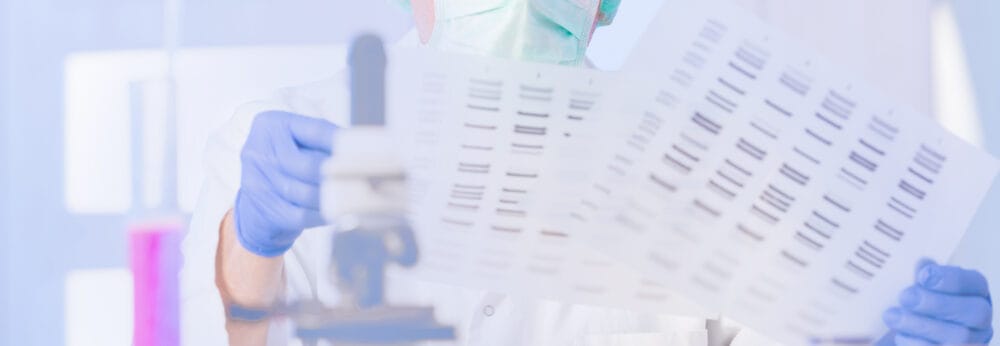Posts Tagged ‘SARS-CoV-2’
Modelling the spread of SARS-CoV-2 from surfaces in clinical settings using a DNA marker
The principle transmission route for the SARS-CoV-2 virus that causes COVID-19 is through respiratory droplets. Indirect transmission of these droplets to a susceptible person through contaminated surfaces may play an important – and underplayed – role in the transmission of SARS-CoV-2. A study from scientists at UCL and Great Ormond Street Hospital (GOSH) uses a DNA marker…
Read MoreFace masks, face shields, and preventing the spread of COVID-19
The SARS-CoV-2 virus that causes COVID-19 is primarily spread by respiratory droplets, although other routes of transmission (including contact with contaminated people and surfaces) play a role too. One of the most important ways to prevent the spread of the respiratory droplets that transmit SARS-CoV-2 is through physical distancing. Where this is not possible, respiratory…
Read MoreWill UV light stop the COVID-19 outbreak?
Hospitals all over the world are deploying UV light systems for the first time. Members of the public living under lockdown are desperately hoping Summer will stop the outbreak. Some hospitals are even using UV in efforts to reuse PPE. But will UV light actually stop the spread of the virus? To help make sure…
Read MoreCOVID-19 pandemic picks up pace
The latest news on the COVID-19 pandemic is that it’s picking up pace and very much going global. There have now been more than 450,000 confirmed cases worldwide, and more than 21,000 deaths (with a case fatality rate of 4.5% amongst confirmed cases). In the UK, there have been almost 10,000 confirmed cases and more…
Read MorePersistent shedding of COVID-19 – what does this mean?
Several epidemiological studies have shown that the shedding of the SARS-CoV-2 virus that causes COVID-19 can continue for many days after symptoms resolve. What does this mean? Do people remain infectious after their symptoms resolve? The answer isn’t clear, but it seems that people are most infectious at the start of their symptoms, and much less…
Read More



